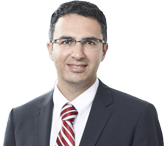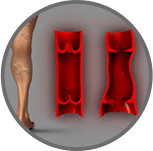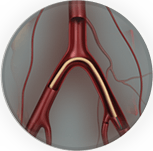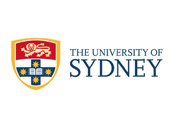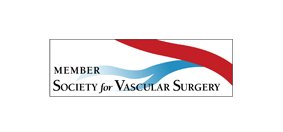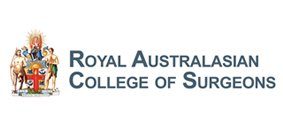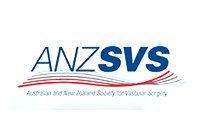Symptoms of Varicose Veins
Symptoms usually appear before the age of 40 and might include
- Swollen, twisted clusters of purple or blue veins
- Swollen legs, 'heavy' legs, 'restless' legs
- Soreness, or aching in the legs
- Muscle cramps at night
- Soreness behind the knee
- Itching or inflammation around the vein
- Leg muscles that tire easily
- Brown discoloration of the skin
- Ulcers in the leg can develop
- Increased risk for DVT (Deep Vein Thrombosis)
Why did I get varicose veins?
A number of factors predispose a person to varicose and spider veins. These include
- Heredity - the genes you have inherited from mum and dad
- Occupations that involve sitting or standing for prolonged periods
- Obesity
- Hormonal influences during pregnancy and multiple pregnancies
- The use of birth control pills
- Post-menopausal hormonal replacement
- A history of blood clots or previous DVT
- A history of smoking
Varicose veins occur when healthy veins swell and cause blood to back up and pool inside the vein under high pressure. (Normally, blood flows through the vein in one direction toward the heart.) Varicose veins become a new route for blood to flow. The exact cause of varicose veins is unknown, although heredity, pregnancy, obesity, and hormonal changes are contributing factors to this condition. Standing for long periods of time and wearing tight underwear or clothing might also cause varicose and spider veins.

